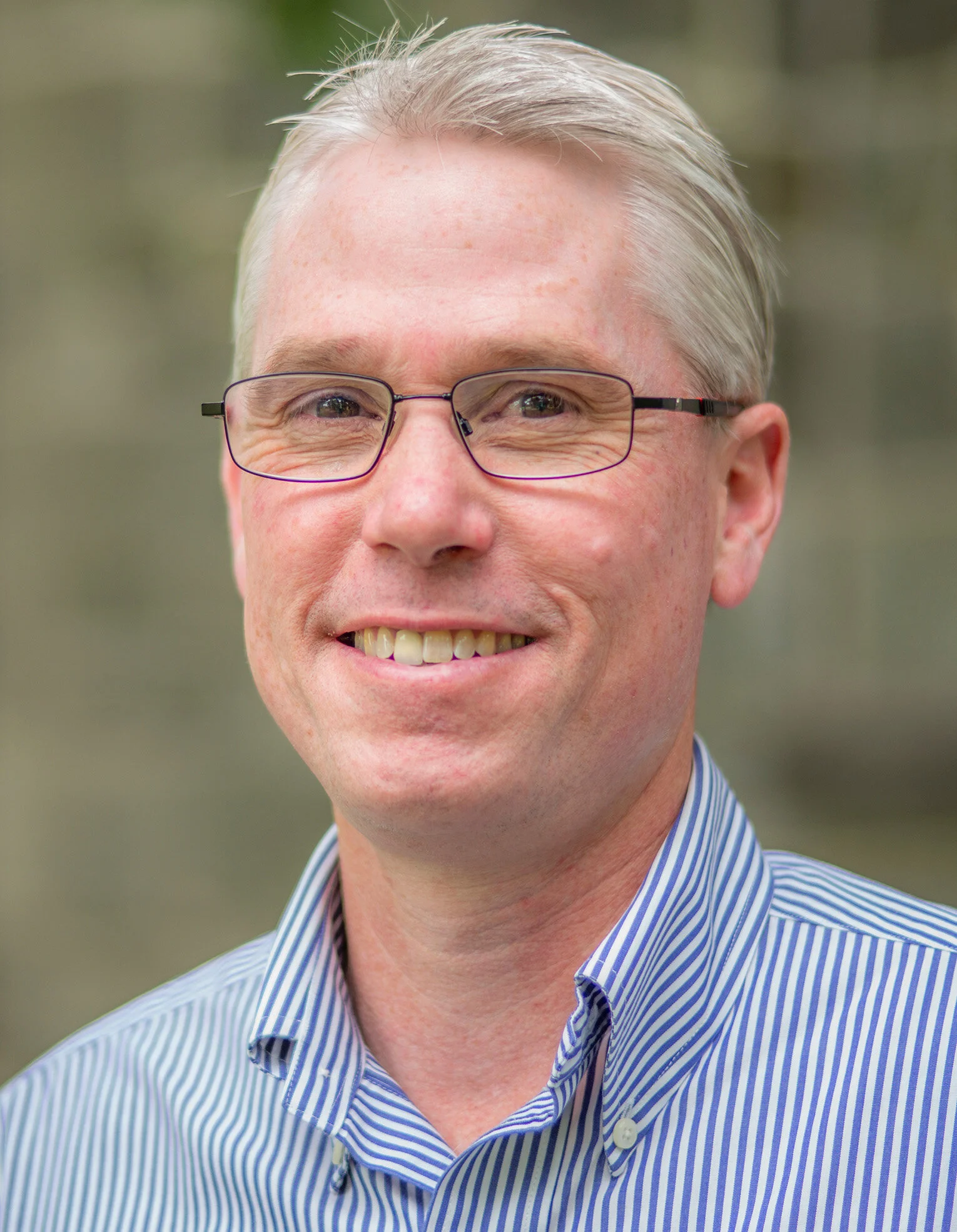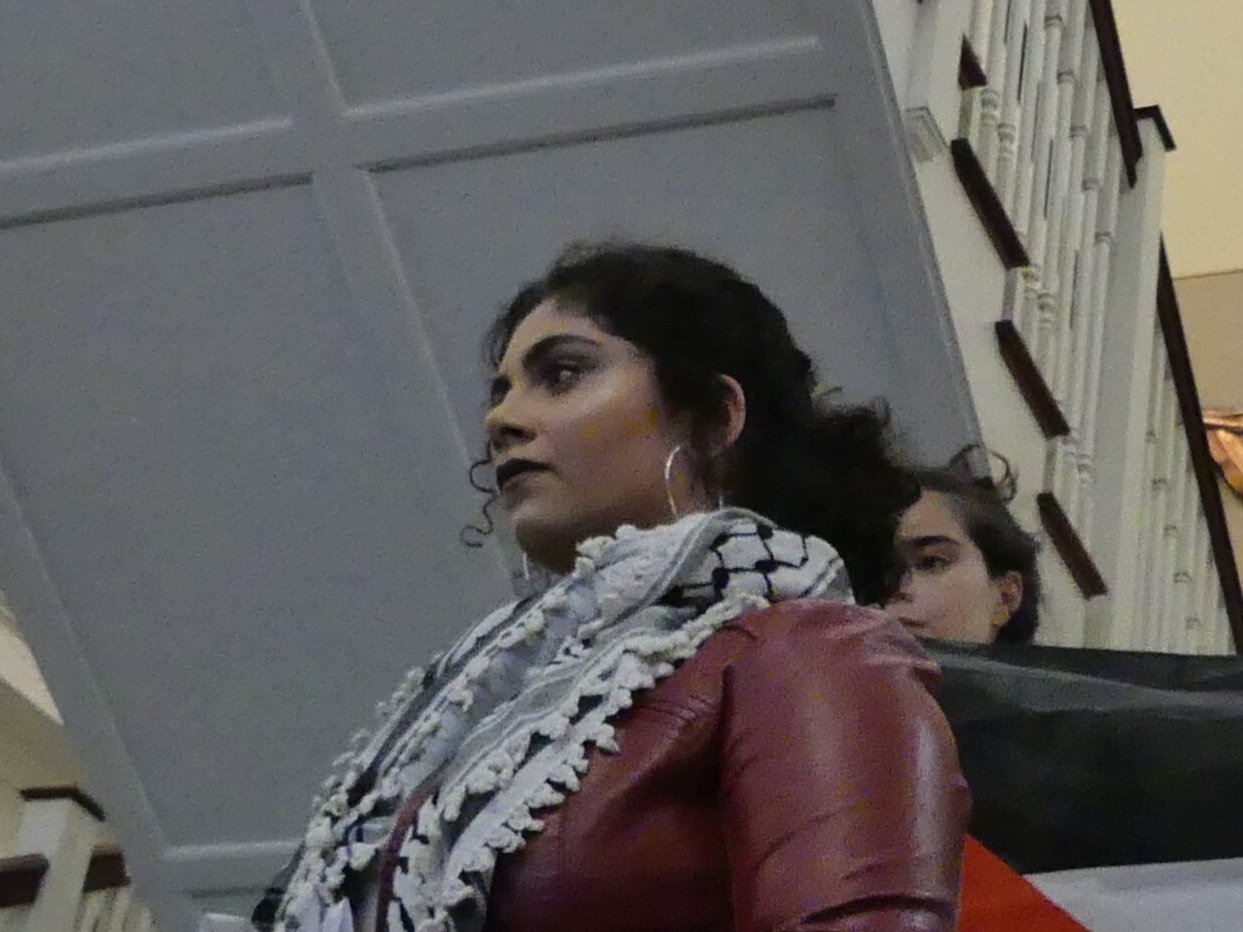Student-to-Student Initiatives Fill Gaps as College Goes Virtual
When COVID-19 prematurely ended the residential semester at Swarthmore College in March, some students were left without clear alternatives.
Since the crisis began, the college has raised more than $150,000 in emergency funds, using the money to help students with immediate needs caused by the pandemic. The college has paid travel costs, purchased computers and provided internet connections for students, refunded housing costs (even providing cash housing stipends to students whose housing had been part of their financial-aid packages), continued to pay work-study students who could not do their work remotely, and more. Students who were unable to return home could apply to stay on campus.
Jim Terhune, Swarthmore College Vice President and Dean of Students. Photo by Swarthmore College.
Dean of Students Jim Terhune is proud of the college’s response to this crisis, “particularly with respect to our commitment to low-income/high-need students,” he wrote in an email. He noted that the crisis had further exposed divides between financially secure and vulnerable people but said he believed the college was doing what it could “to effect the kind of broad structural change that is needed to mitigate those disparities over time.”
However, some students still found their needs unmet.
Montana junior Shelby Dolch did not want to return home because their mother is immunocompromised. Dolch, a low-income, first-generation college student, applied to stay on campus, but the application was denied, they said. After plans to stay with friends fell through, Dolch felt they had no option but to return home. Although the college paid for their plane ticket, Dolch felt that what they had really needed was not a ticket home, but help finding an alternative place to stay.
Mutual Aid Spreadsheet
Nathanial Ziv Stern, a Swarthmore College senior, knew that students like Dolch were struggling with finances and logistics despite the college’s efforts, and he wanted to help. After he saw a mutual aid spreadsheet from Middlebury College circulating on social media, he was inspired to start one for Swarthmore students. A spreadsheet could organize offers of food, storage space, and empty houses so students in need of such things could access them.
In its final form, the spreadsheet Stern initiated featured a general FAQ about the college’s COVID-19 policies, and tabs where students, alumni, and professors could offer resources. In addition to places to stay and transportation — for example, to the airport or the grocery store — there was also a section where students offered their time to talk to peers about current events, thus maintaining a sense of community. Once the spreadsheet was created, students circulated it on social media to get as many contributions as possible.
The spreadsheet “helped make some lives easier and found some people a place to sleep,” Stern said. “I think it’s mostly served its purpose.”
Peer to Peer Venmo
Swarthmore College junior Zaina Dana. Photo courtesy of the Swarthmore Phoenix.
Students’ efforts to help their peers in need did not stop there. Sophomore Amal Haddad and junior Zaina Dana created a Venmo account to collect donations for Swarthmore students who could not access the college’s emergency fund, or felt uncomfortable doing so.
“Students in need shouldn’t have to...mine their trauma to appeal to a distant administration, or worse, the more unforgiving financial-aid office,” Dana said. “Amal and I wanted a way to give students immediate aid, as well as give other students the chance to help.”
Students received funding from the Venmo account after filling out a form on which they specified how much they were requesting, and what the money was for. At the time of writing this article, Dana said that about $7,500 had been distributed.
“Not all of us are doctors or researchers, and us undergraduate students may not be the ones to find the vaccine and save the world,” Dana said. “But we should still feel empowered to help the people in our own communities. Because it does make a huge difference.”
Elisabeth Miller is a junior at Swarthmore College double majoring in English and history. She is interning at the Swarthmorean this spring — now from her home in Illinois — with funding from Swarthmore’s English Department and the Lang Center for Civic and Social Responsibility.





